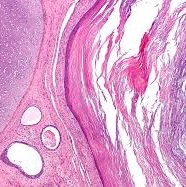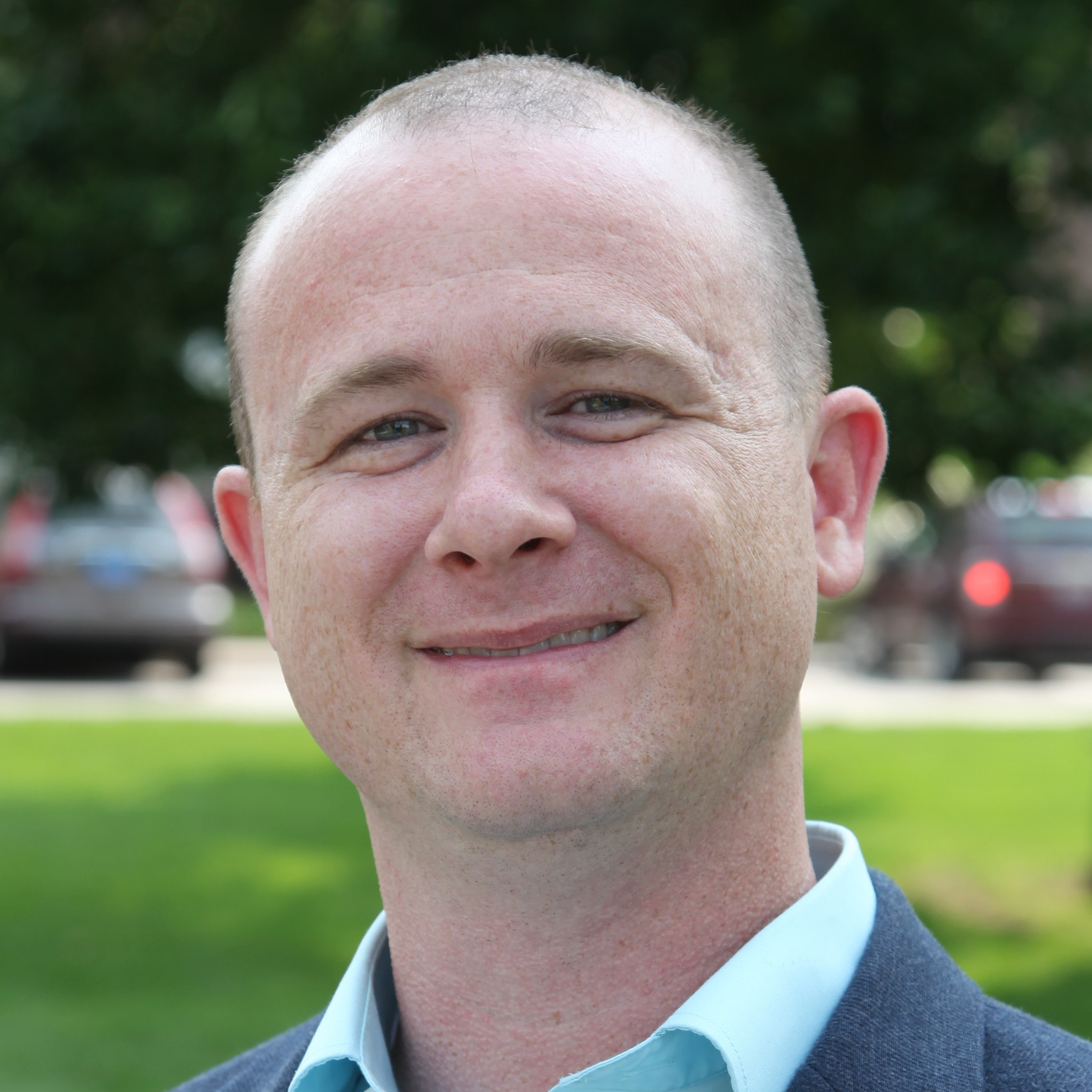Proteins — More than Just Meat!
Lesson Overview

Students will research the functional properties of proteins using an enzymatic reaction between hydrogen peroxide and catalase. To begin students will observe the reaction between hydrogen peroxide and catalase. As a class, students will collect data to determine how the concentration of hydrogen peroxide affects the function of catalase. Students will then design and carry out an investigation that tests how different factors affect the function of catalase. Students will use information to gain an understanding of the potential role of protein function and the disease osteoarthritis by interviewing a scientist.
About the Scientist

Scott Wood
Institution: South Dakota School of Mines and TechnologyHi! My name is Scott, and I am a biomedical engineer in the Nanoscience and Nanoengineering PhD program at the School of Mines and Technology studying osteoarthritis, which is the type of arthritis you get with age or injury. My grandpa was a doctor in Oregon who developed a device for delivering babies in the 1960s that is still occasionally used even today. He was my early inspiration for what I wanted to do with my life, so all through high school I wanted to be a doctor when I grew up. After two years of college in Texas as a pre-med major, I realized that I was less interested in practicing medicine than I was in developing it. There were very few biomedical engineering bachelor’s programs in the country at that time, so I switched majors to mechanical engineering. After graduating, I spent a very rewarding year working in Wisconsin as a tissue recovery technician for the nation’s largest transplant-based tissue bank. When someone would die and donate their tissues (bones, skin, veins, or heart valves), I was part of the team that would recover, or dissect them from the body so someone else could use them. I got into a biomedical engineering PhD program in South Carolina after that, and my dissertation research was focused on building a computer model to predict the mechanical properties of single cells. After finishing grad school, I got a job as a postdoc (aka an academic apprentice) in North Carolina doing osteoarthritis research for a rheumatologist where I learned a lot about cell signaling. Now I am here in the beautiful Black Hills of South Dakota, and I am bringing together all the various areas of my background to research the different ways that the mechanical signals of everyday life (e.g., forces due to walking, running, jumping, etc.) get turned into biological behaviors that can either prevent or cause arthritis by nanoscale protein complexes, or natural nanomachines, in chondrocytes, which are the cells in the cartilage of our joints.
 National Science Foundation RII Track-1 Project:Expanding Research, Education and Innovation in South Dakota
National Science Foundation RII Track-1 Project:Expanding Research, Education and Innovation in South Dakota